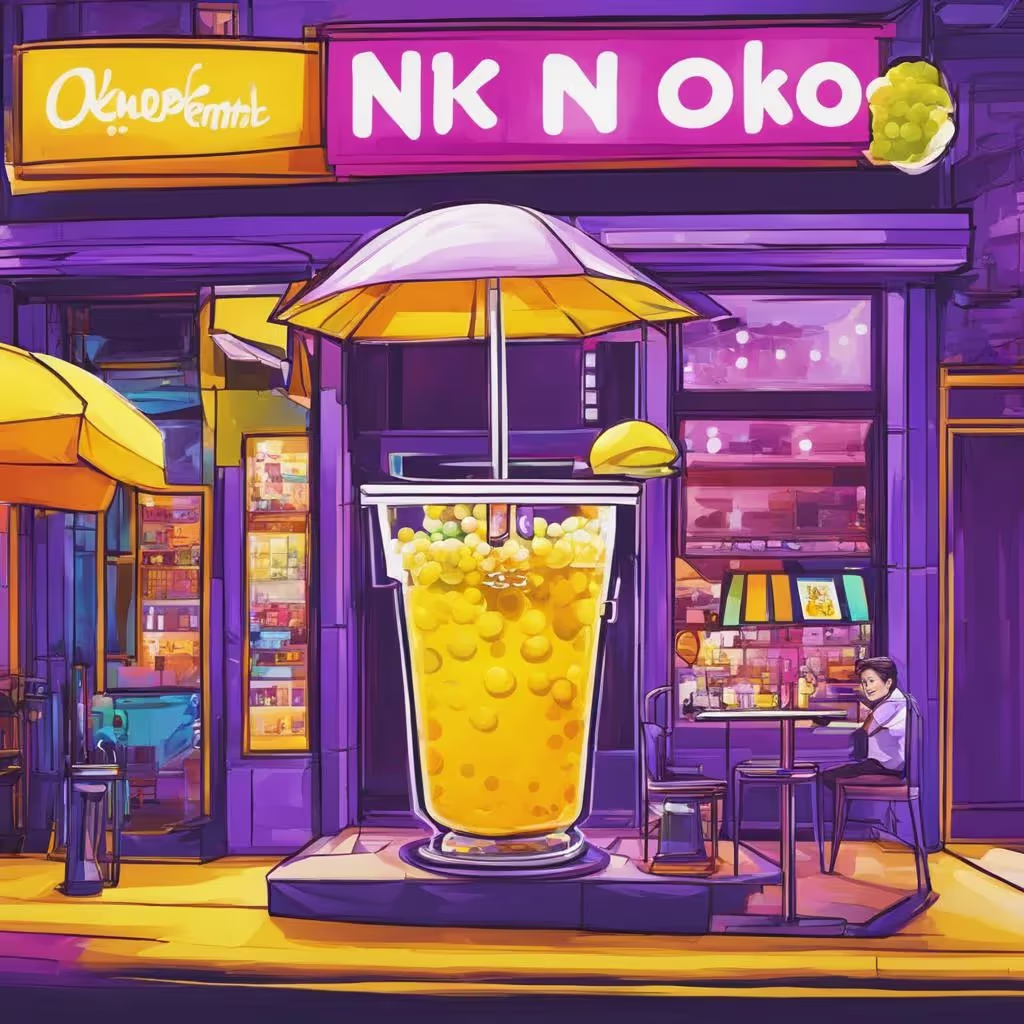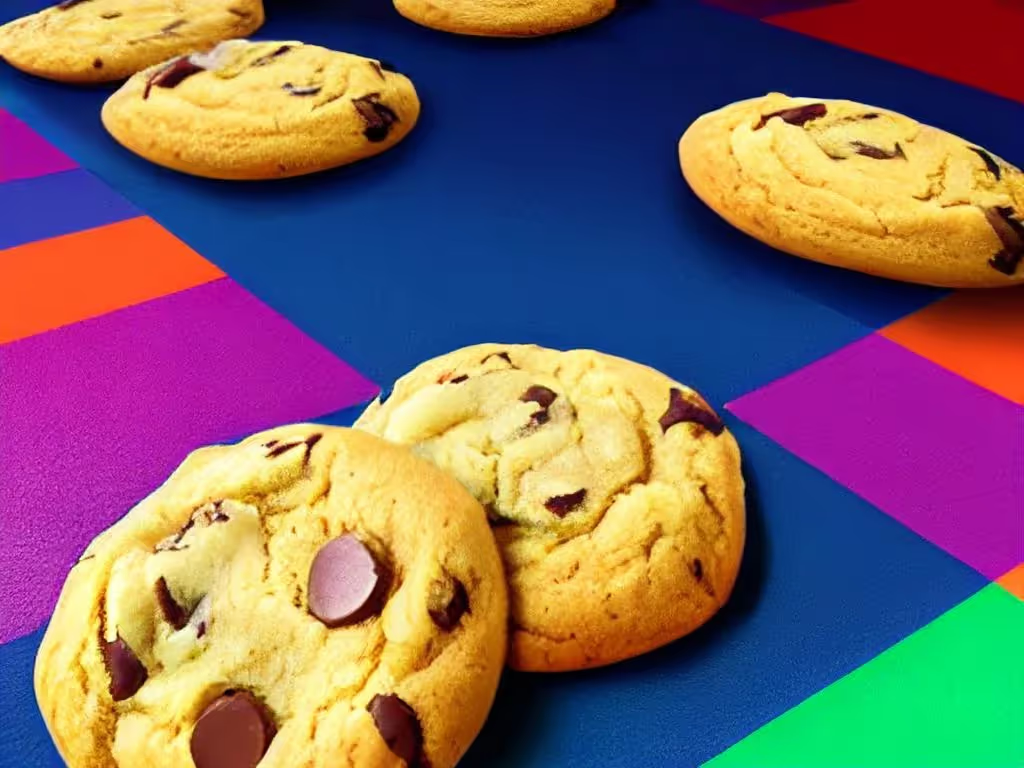TLDR
You might not know this, but Coca-Cola ran the first-ever coupon campaign back in 1888. And while the times have changed, the philosophy behind the campaign is still as relevant as ever.
In this article, we're going to take a look at Coca-Cola's 1888 coupon campaign and what we can learn from it to help inform the onboarding experience for mobile app campaigns today. So whether you're a business owner who's looking to create a mobile app for your restaurant or you're just curious about the history of marketing, read on!
The History of John Pemberton's Coca-Cola and Its Debut
In 1885, John Pemberton, an Atlanta pharmacist, invented a soda fountain drink that would later become world-famous as Coca-Cola. The first sales of Coca-Cola were made in Jacob's Pharmacy in Atlanta, Georgia in 1886. The Coca Cola syrup was sampled by customers in Jacob's Pharmacy and sold for 5 cents per glass.
How Asa Candler Turned an Idea Into a Coupon Campaign
Candler's invention of the coupon campaign was a turning point for Coca-Cola.
Candler had just purchased the company from Pemberton and was looking for a way to give it a boost. He came up with the idea to distribute thousands of coupons for free Coca-Cola. This turned out to be a brilliant move, as it increased demand for the drink and helped it to become a market-dominating beverage.
The first coupon ever created was invented by Coca-Cola in 1888. This is a testament to the company's long history of innovation and its dedication to finding new ways to appeal to its customers.
Just as Candler sought to boost Coca-Cola, Per Diem empowers restaurants and coffee shops through its innovative online ordering app.
What Made Coca-Cola's Coupon Campaign a Success?
In addition to coupons, Coca-Cola also created an official advertising slogan in 1888. It was simple, memorable, and easy to understand: "Drink Coca-Cola." This slogan helped to solidify the brand's identity and cement its place in popular culture.
In the campaigns, Coca-Cola utilized coupons as a way to create hype and generate word-of-mouth buzz. They gave away free products, which encouraged people to talk about the campaign and share it with their friends. This helped to exponentially expand the reach of the campaign and drove more people to try Coca-Cola.
How This Influences Mobile App Onboarding Strategies Today
Coca-Cola’s 1888 coupon campaign provides modern marketers with some valuable insights into how to create an effective onboarding experience for white-label mobile apps.
Per Diem draws inspiration from the success of Coca-Cola's campaign to enhance its onboarding experience. By offering customization to merchants and showcasing loyalty perks during the initial app experience, Per Diem aims to engage users and cultivate loyalty.
The idea of rewarding customers with coupons can help spur engagement while providing a sense of loyalty to customers. Coca-Cola’s campaign was wildly successful, and it showed that customers responded positively to the notion of being rewarded for their loyalty.
We see this in modern app onboarding strategies today – offering a discount on a certain item or welcoming them with a coupon as part of their onboarding experience can help entice users and get them engaged with the app quickly.
This also helps build trust between the user and the brand, further encouraging users to keep using the product over time. By analyzing the success of Coca-Cola’s campaign, businesses today can look to use similar tactics in their mobile app onboarding strategies.
UX/UI Design Strategies Borrowed From the 1888 Campaign
Although the 1888 campaign was focused heavily on product promotion and discounts, it had an impact on the UX/UI designs of today's mobile apps. It paved the way for companies such as ACT to launch their first database marketing software in 1886. This software allowed marketers to track customer’s purchase behavior and target them with more relevant coupons and offers.
Today, UX/UI designs borrow from pioneers such as Coca-Cola and are used to create a personalized onboarding experience for white-label mobile apps for restaurants. We can see this in the use of real-time feedback forms as well as AI-driven technology which allows customers to find information quickly and intuitively.
The takeaway here is that companies need to find ways to use data and technology to create personalized experiences that can have a lasting impression on customers. Coca-Cola’s 1888 coupon campaign serves as a great example of how leveraging customer data can lead to successful marketing campaigns and improve the customer experience.
Tips on Leveraging a Successful Onboarding Strategy for White-Label Mobile Apps
So let’s jump-start the conversation about how to leverage a successful onboarding strategy for white-label mobile apps for restaurants. Here are some tips on how to get started:
- Give users an incentive: Just like Coca-Cola did with their 1888 coupon campaign, giving users an incentive to join the platform is key in driving user engagement. Offering discounts, special offers and other incentives makes it easier to encourage customers to sign up and continue using the app.
- Make it easy: Creating an onboarding experience that is simple and intuitive is essential in order to engage customers with the app. It should be easy to understand and navigate so that customers won’t be frustrated or confused when using the app.
- Invest in marketing: To reach more potential customers, you will need to invest in marketing campaigns. This could include online advertising, viral campaigns as well as offline promotions like print ads, radio commercials, etc.
- Encourage first-time-use coupons: Offering special first-time-use coupons can help drive more engagement with the platform by incentivizing customers to use the app for the first time.
Conclusion
So what can we learn from Coca-Cola's 1888 coupon campaign?
For starters, it's clear that a successful coupon campaign can have a significant impact on customer acquisition and loyalty. Restaurants, inspired by this success, can adopt user-friendly loyalty strategies, leveraging apps like Per Diem and similar others for seamless execution. Finally, make coupons easily accessible, mirroring Coca-Cola's simplicity, and integrate them with broader marketing efforts. By drawing from historical achievements, restaurants can create lasting impressions, foster loyalty, and thrive in today's competitive landscape.


.webp)


.webp)
.png)
.webp)

.avif)
.webp)
.webp)
.webp)

.webp)







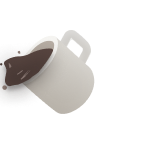


.png)
.png)







.svg)
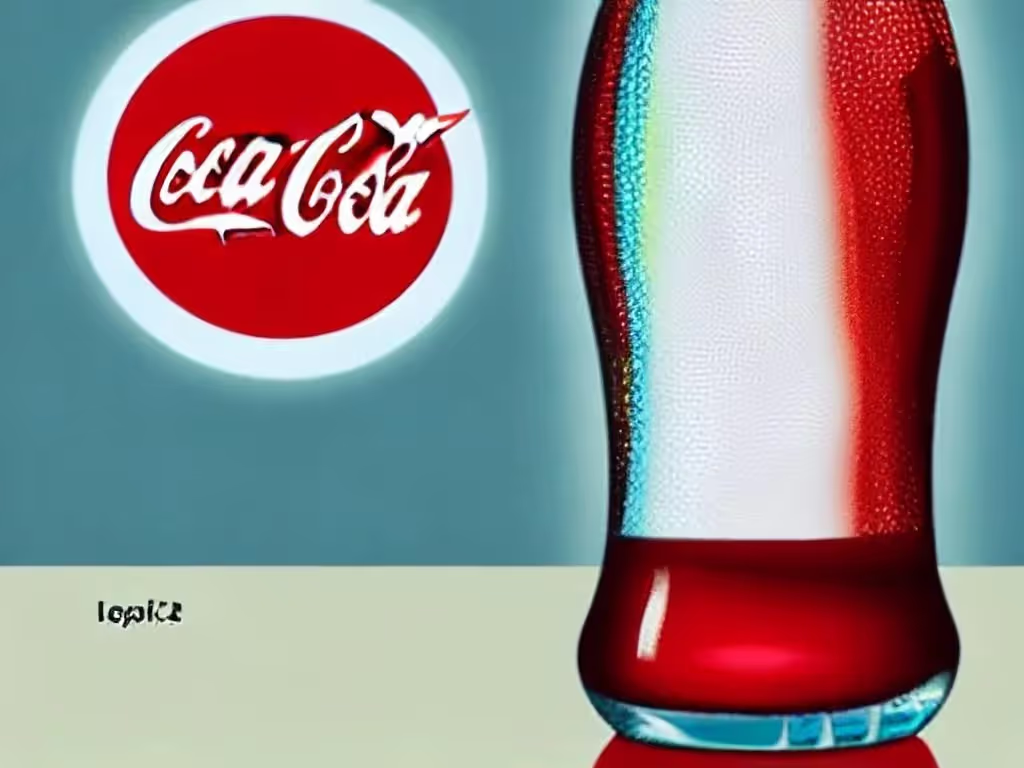




.svg)
.svg)
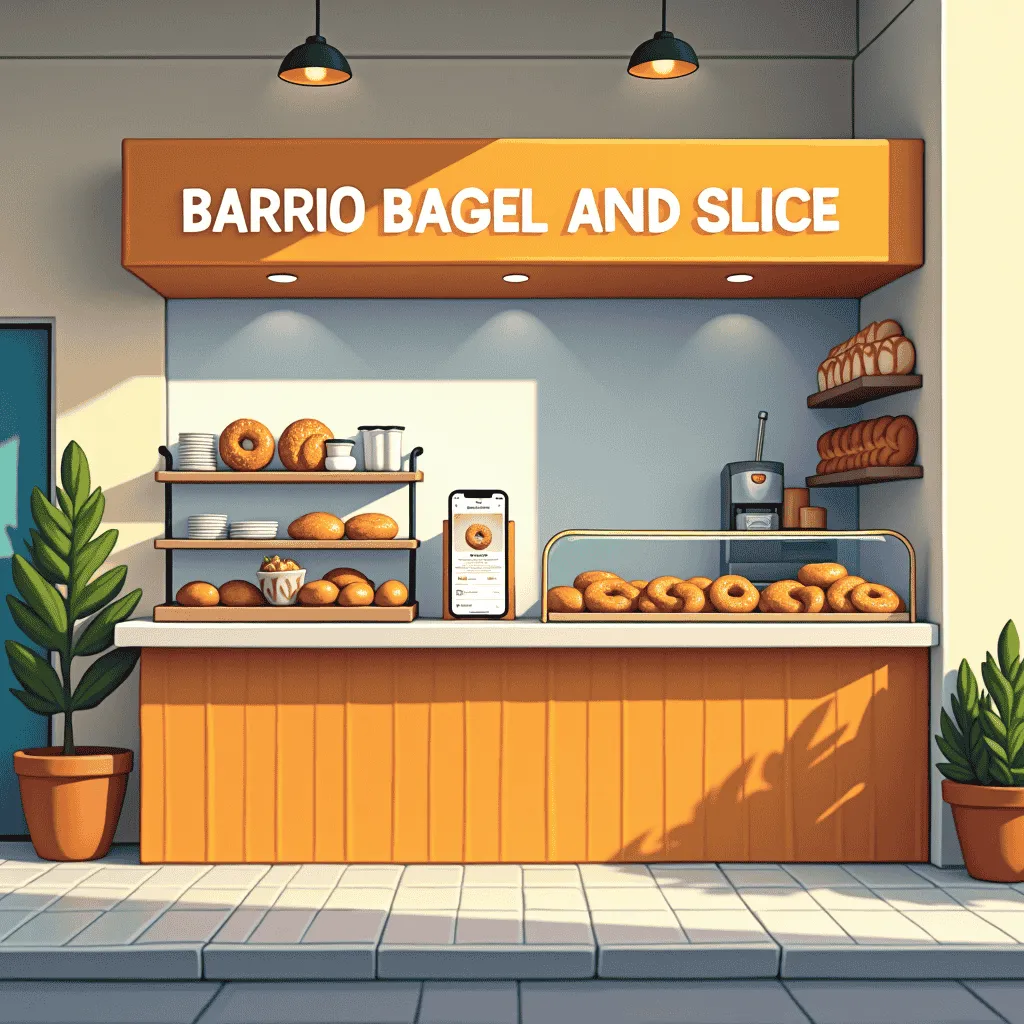

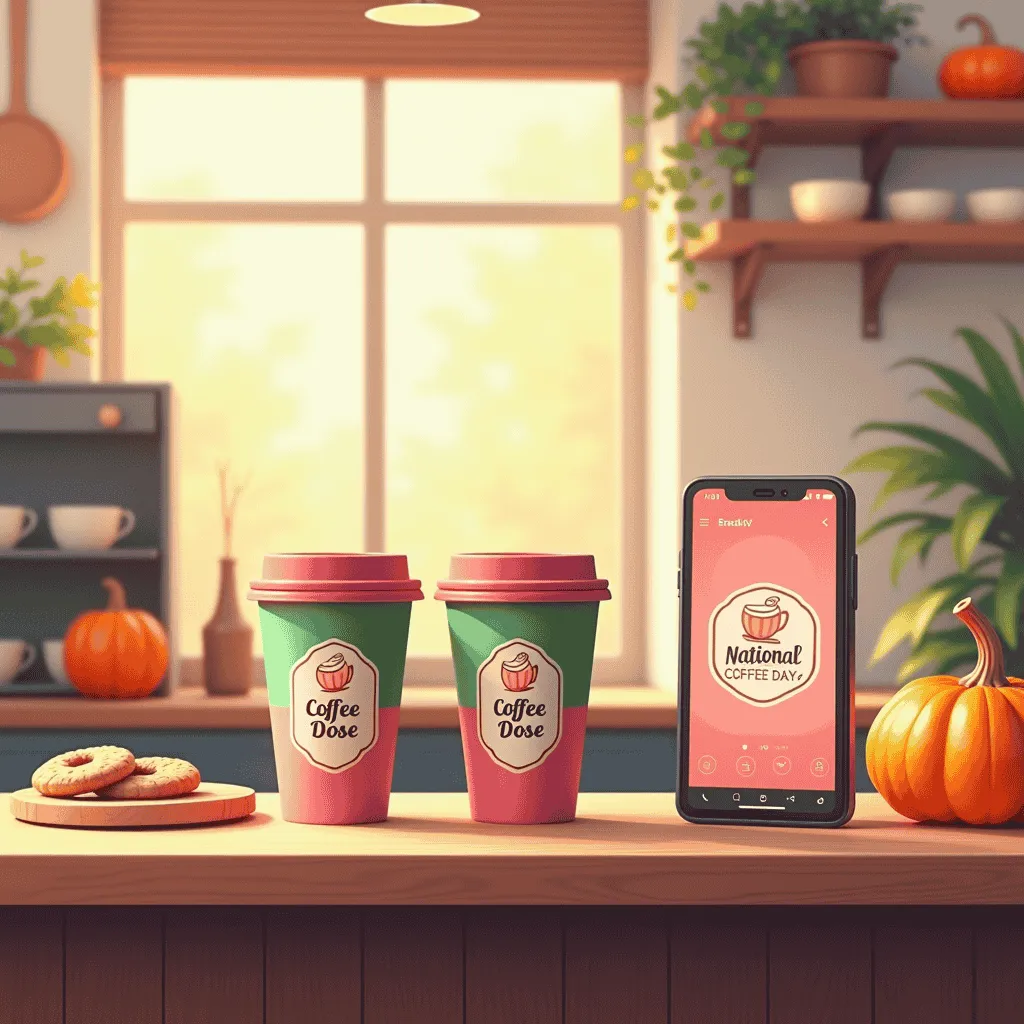
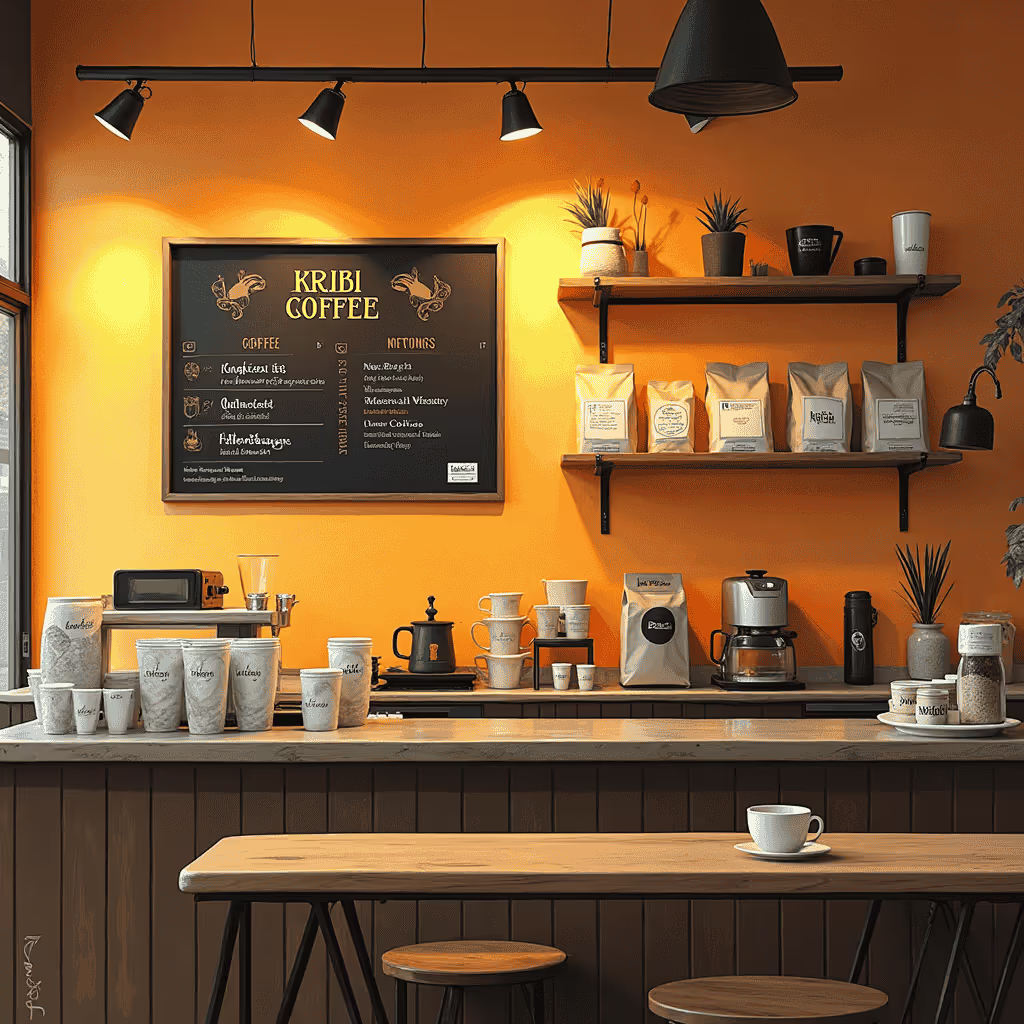
.avif)
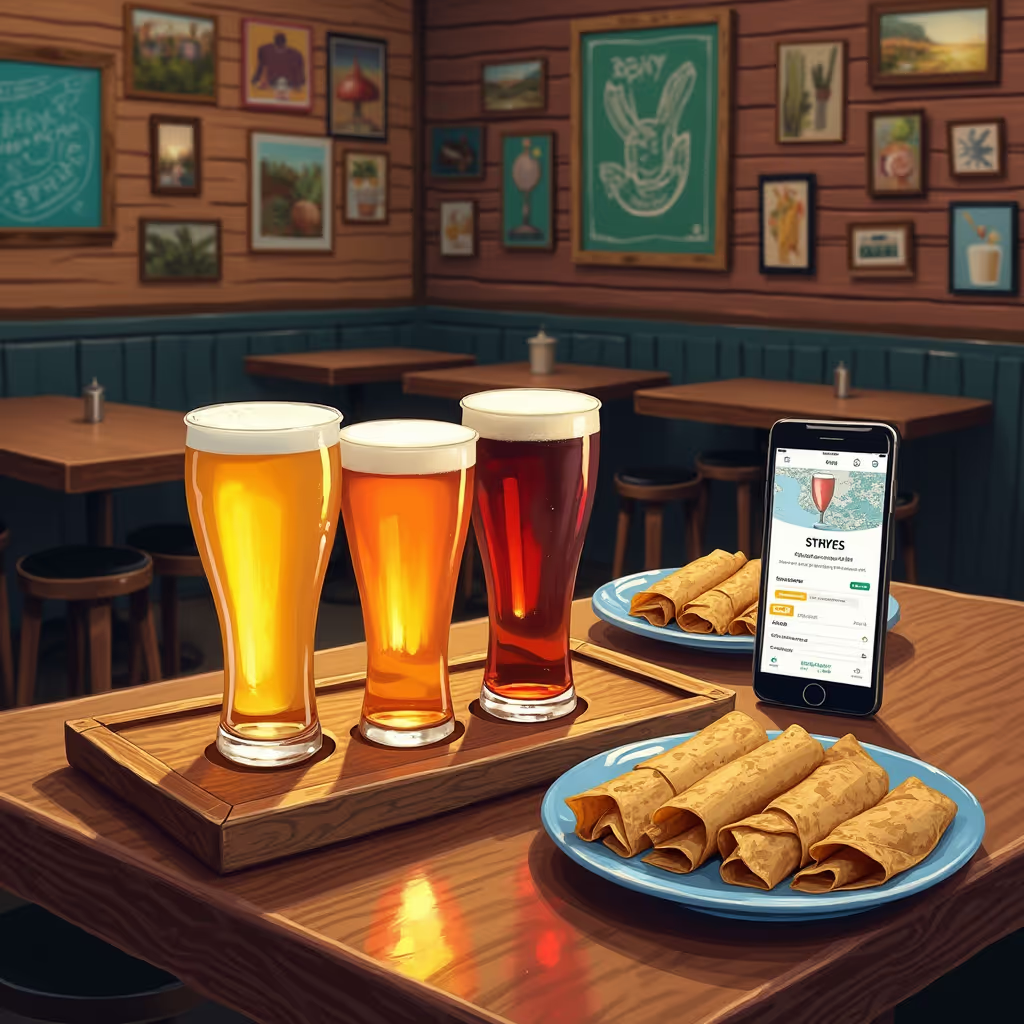
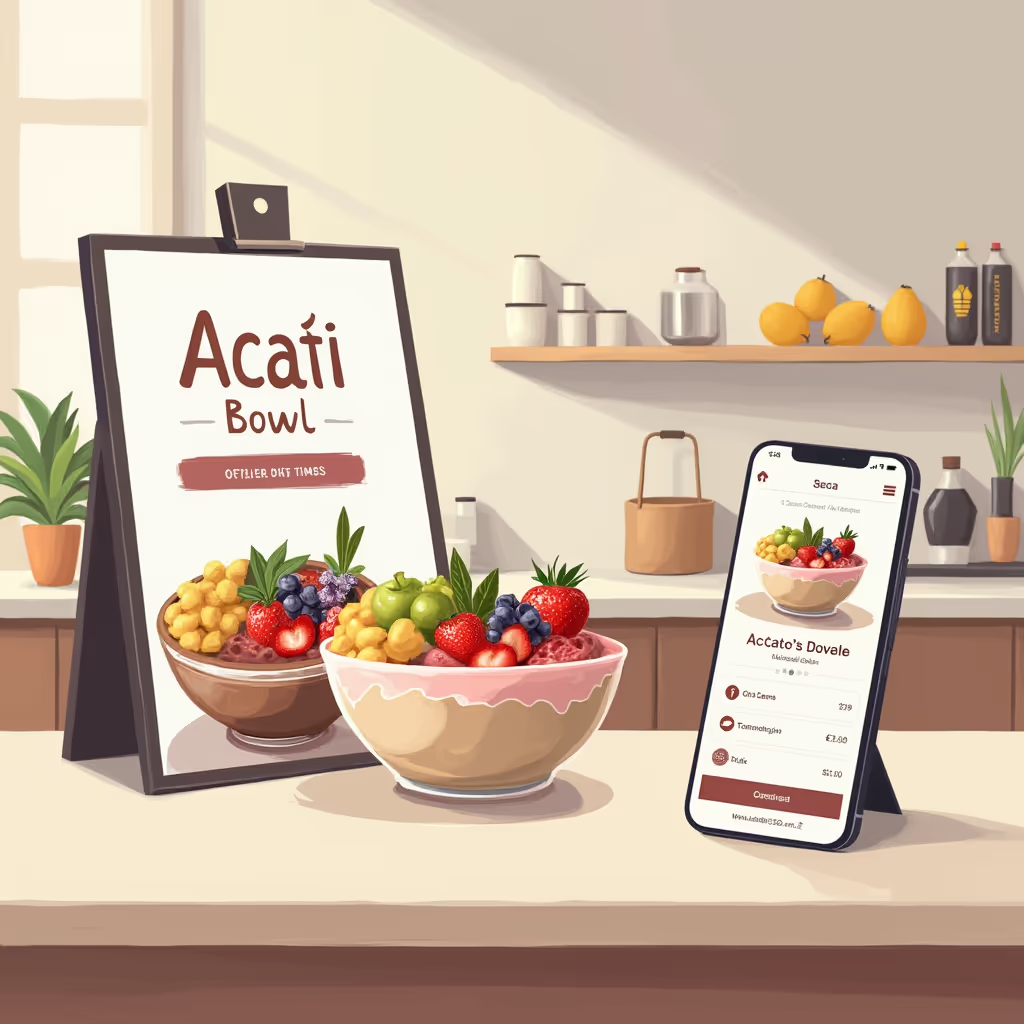

.avif)
.avif)
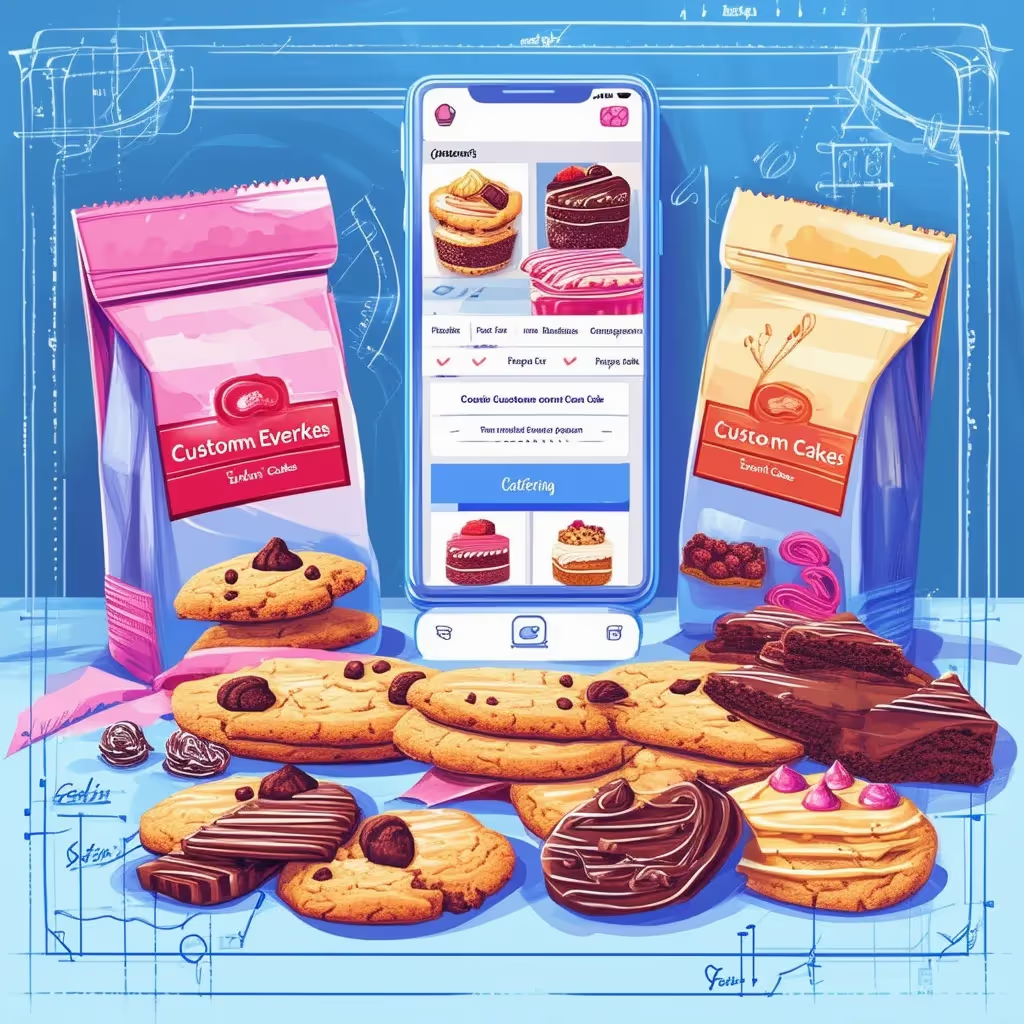
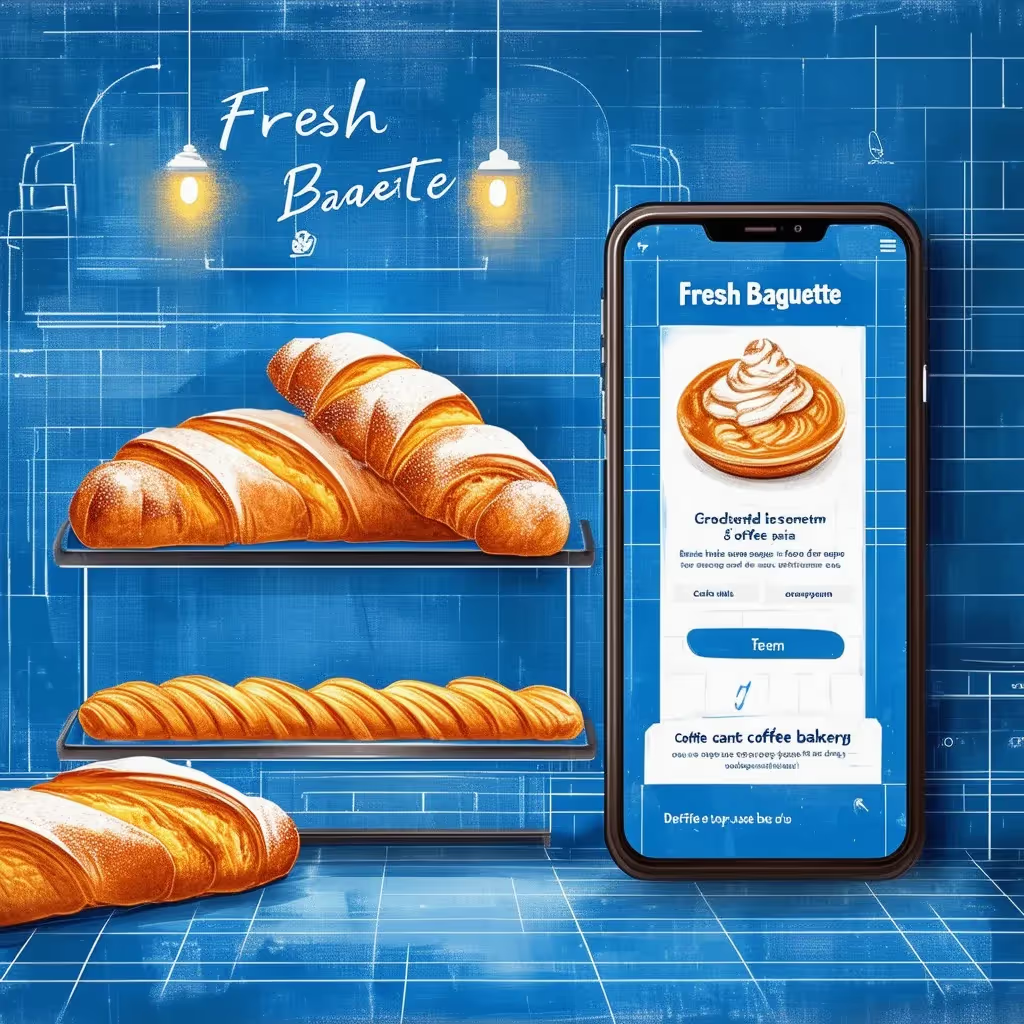
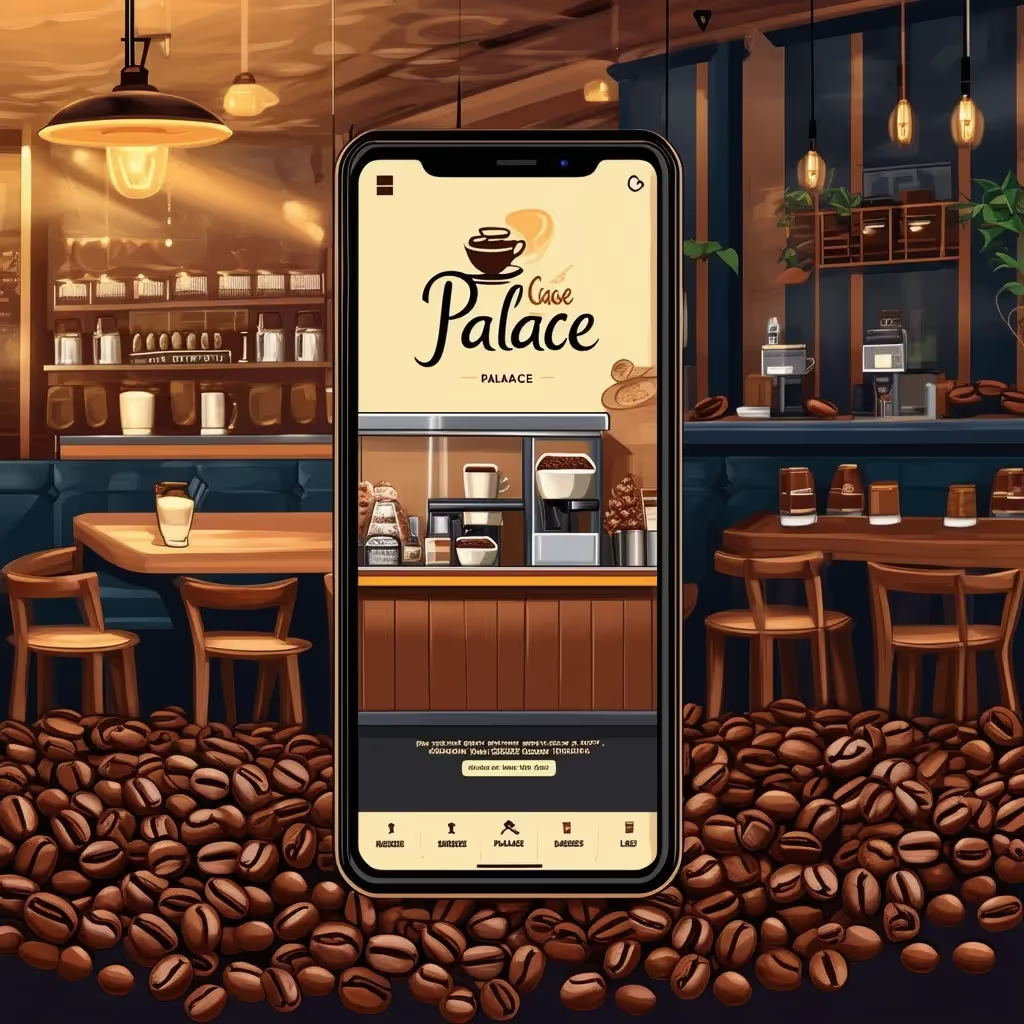

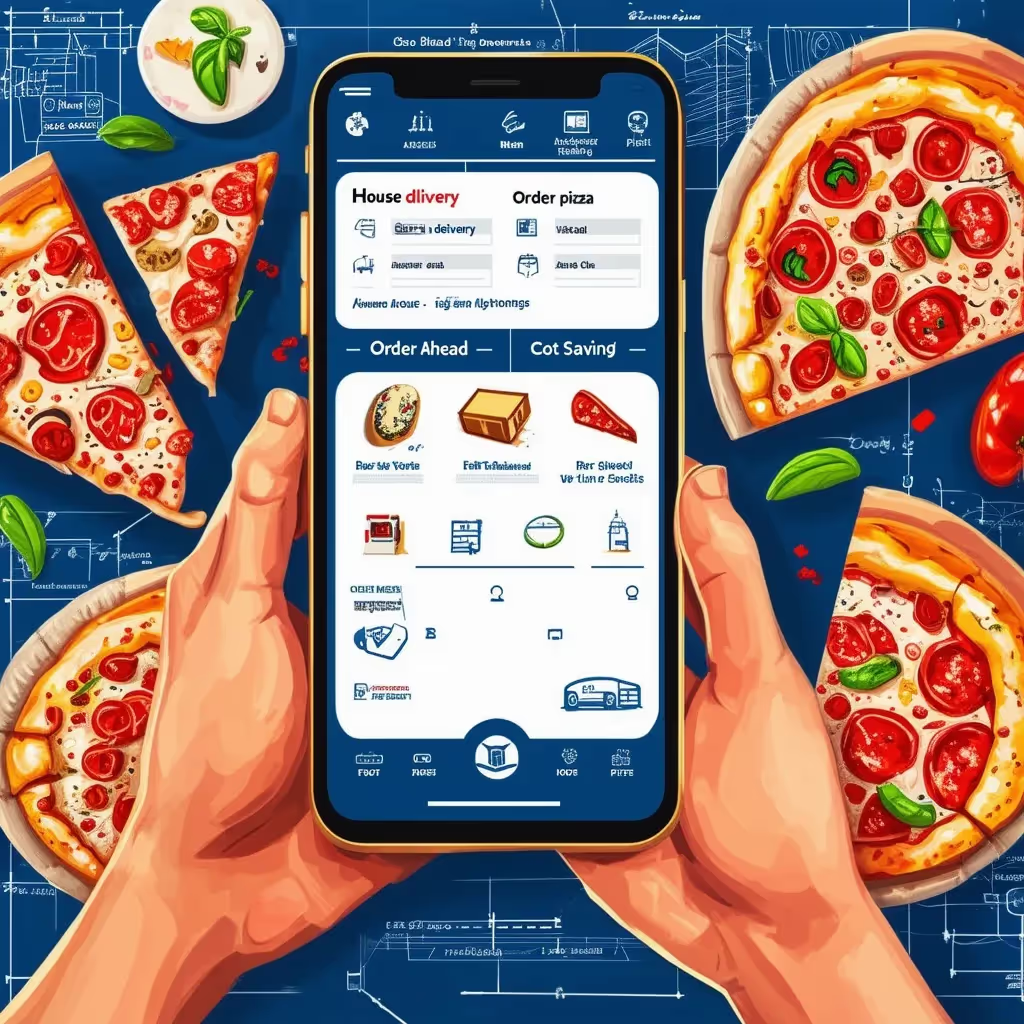

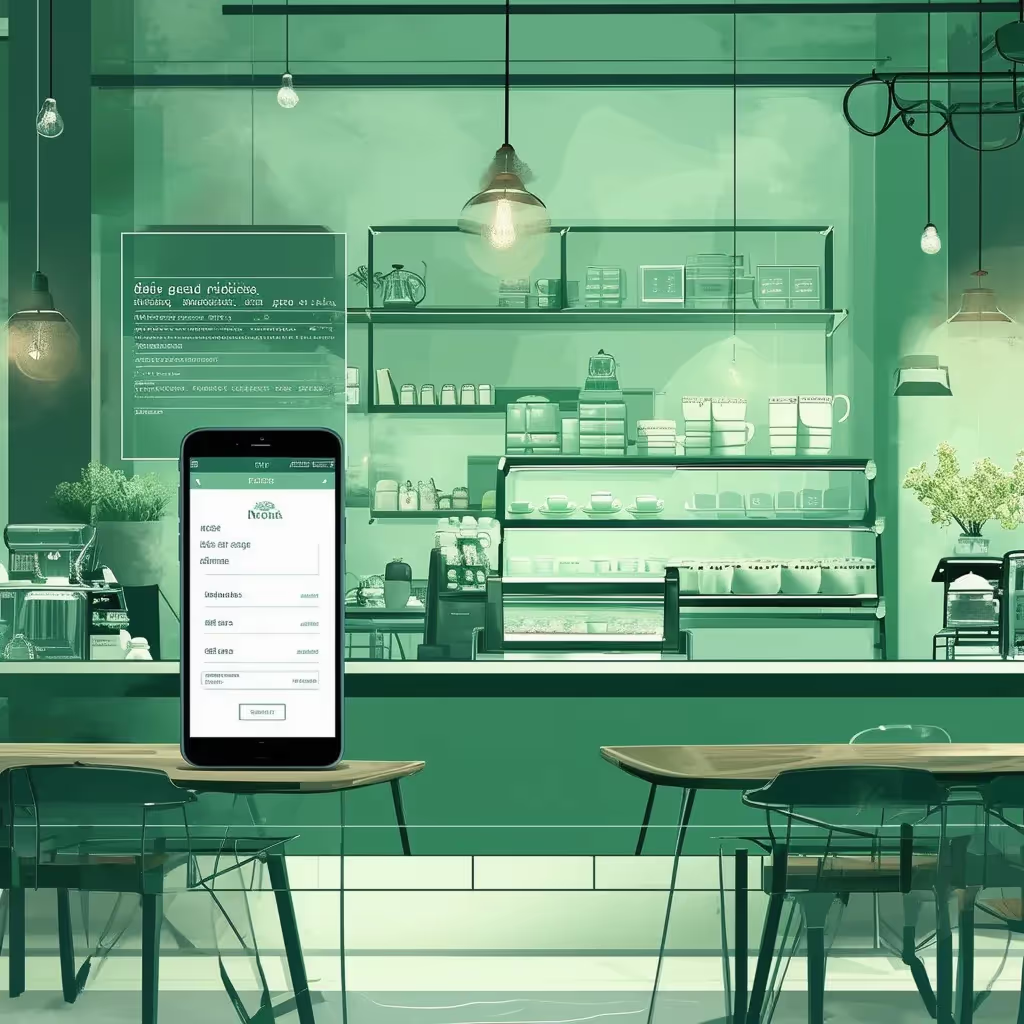

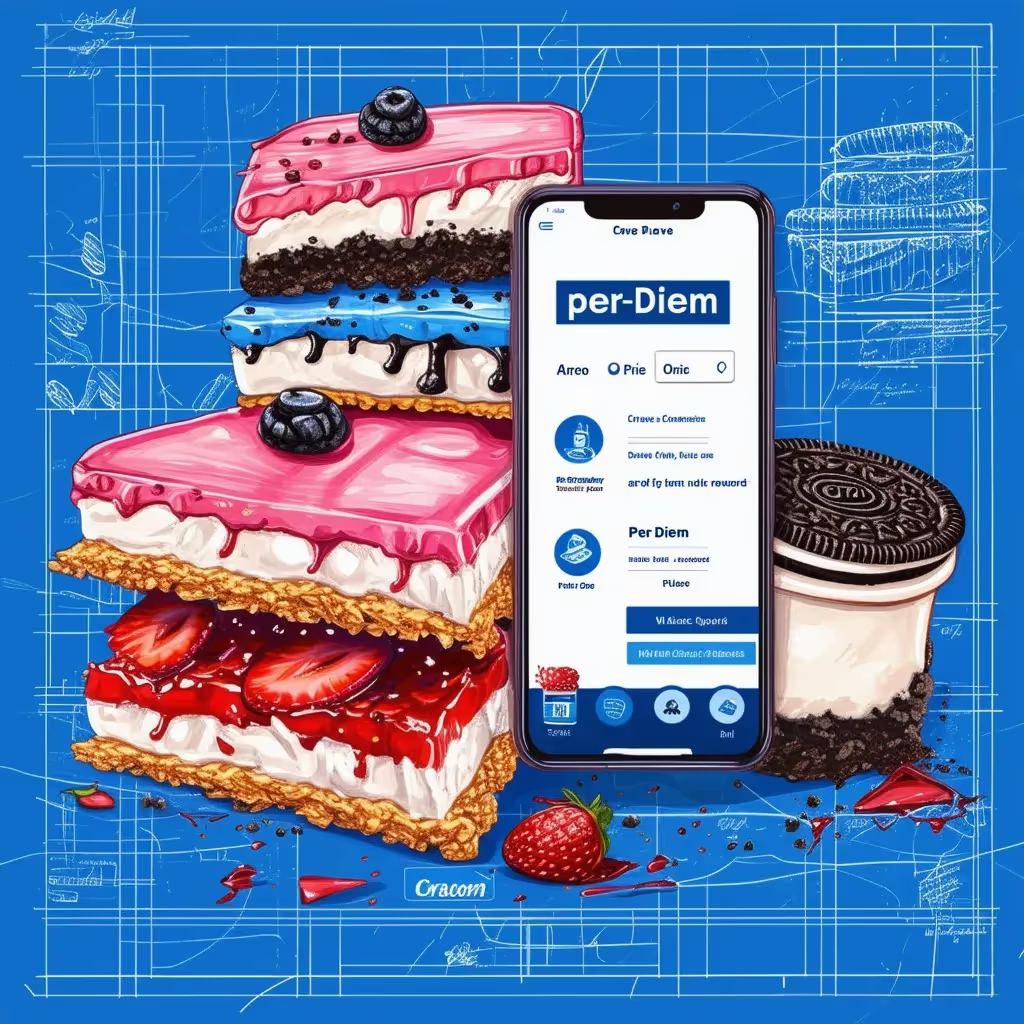
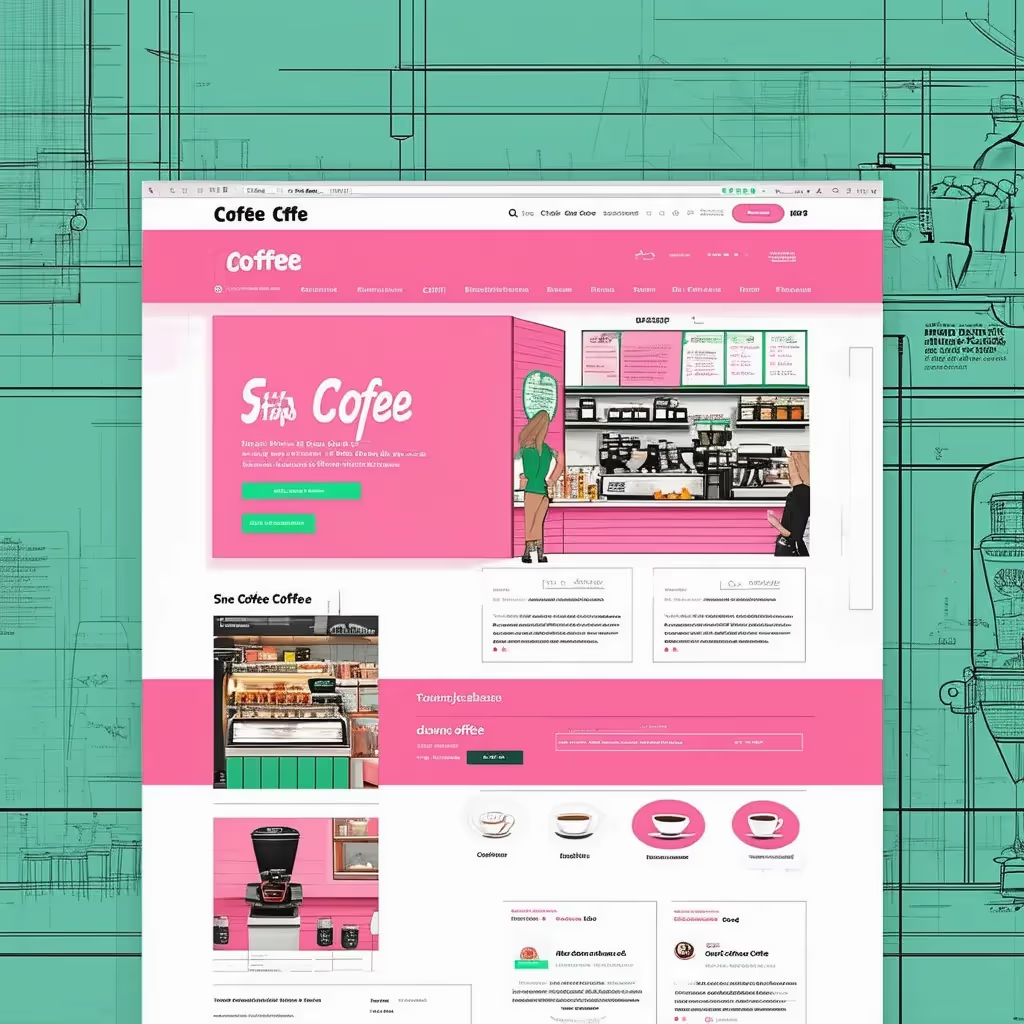
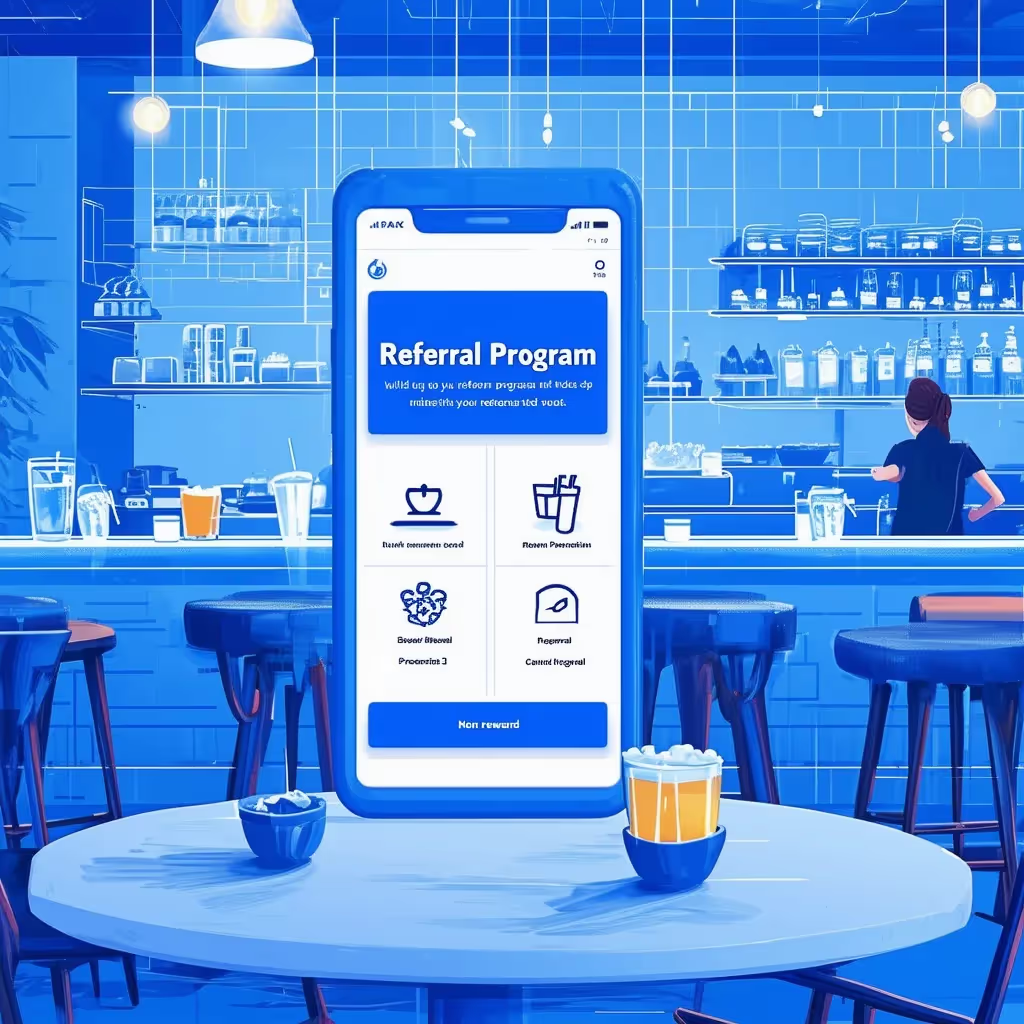


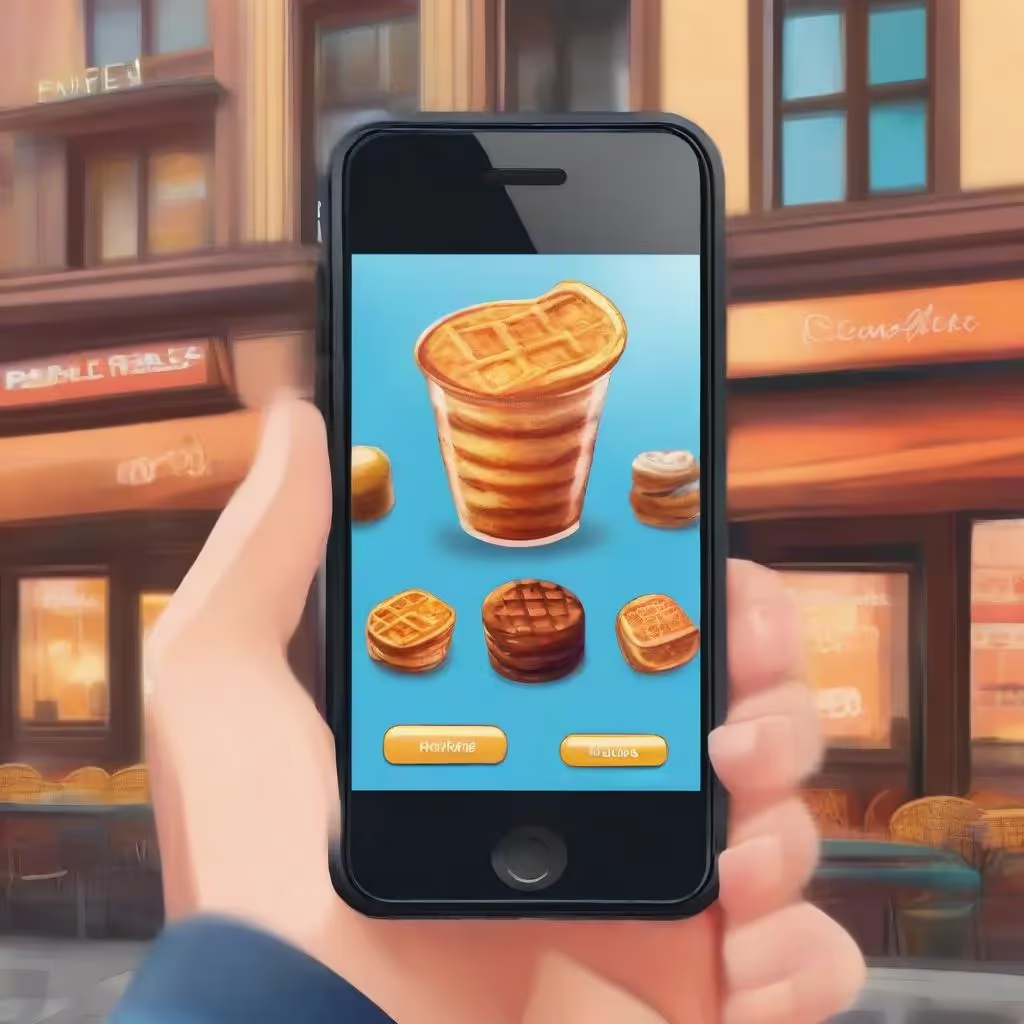


.avif)




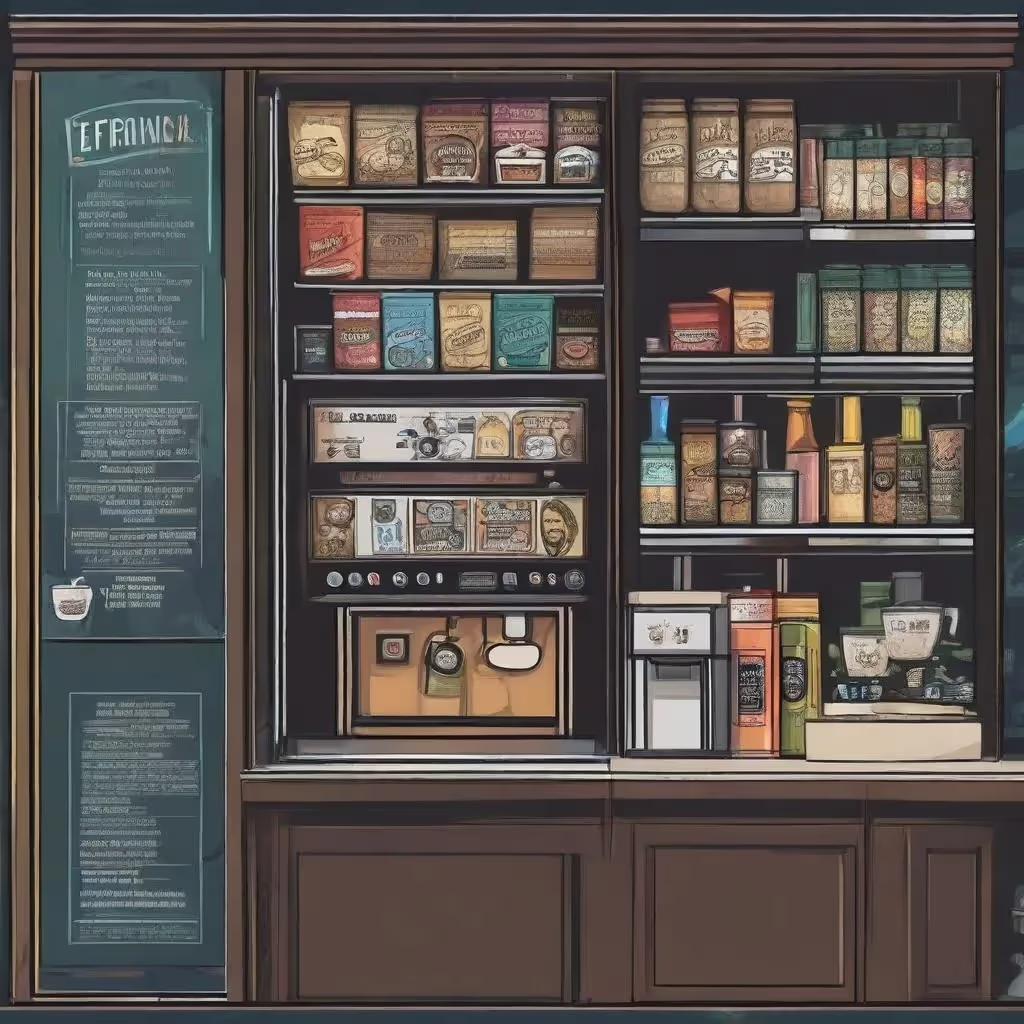
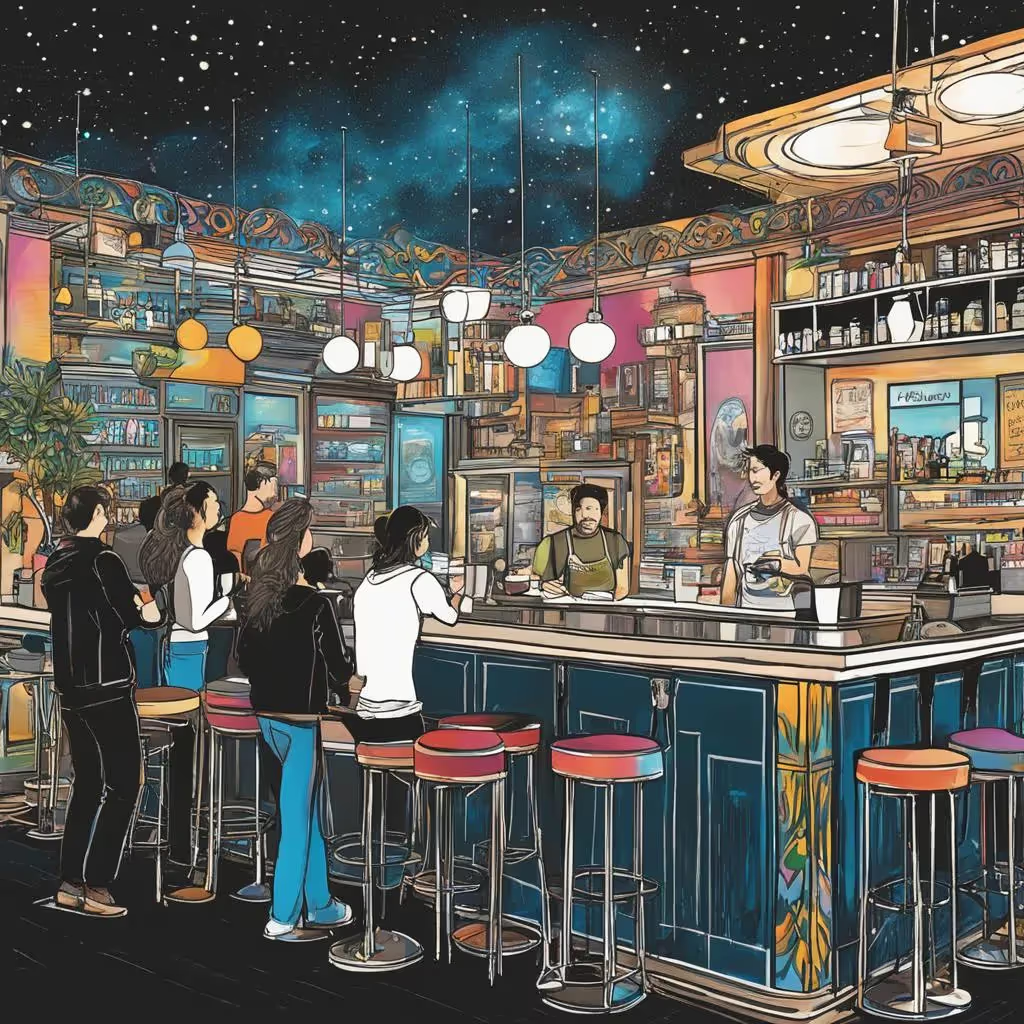
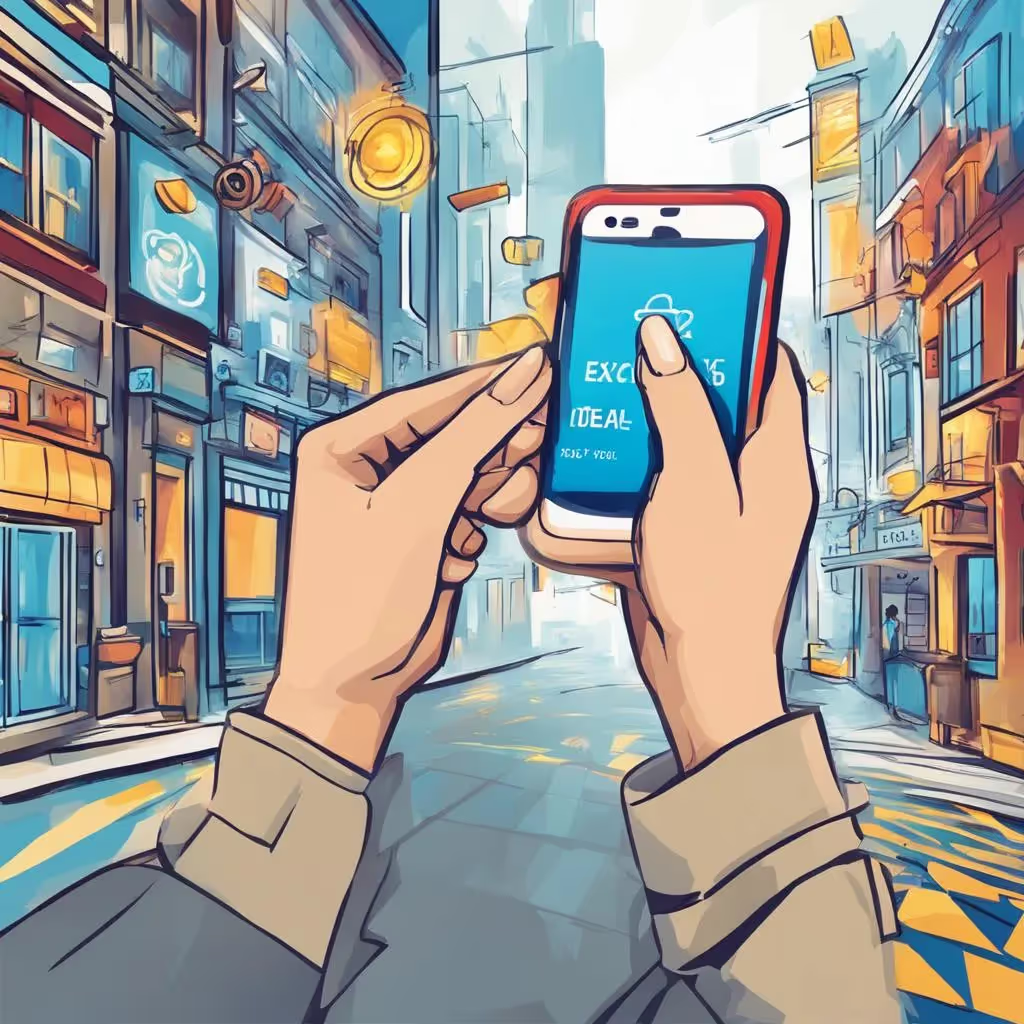

.avif)
